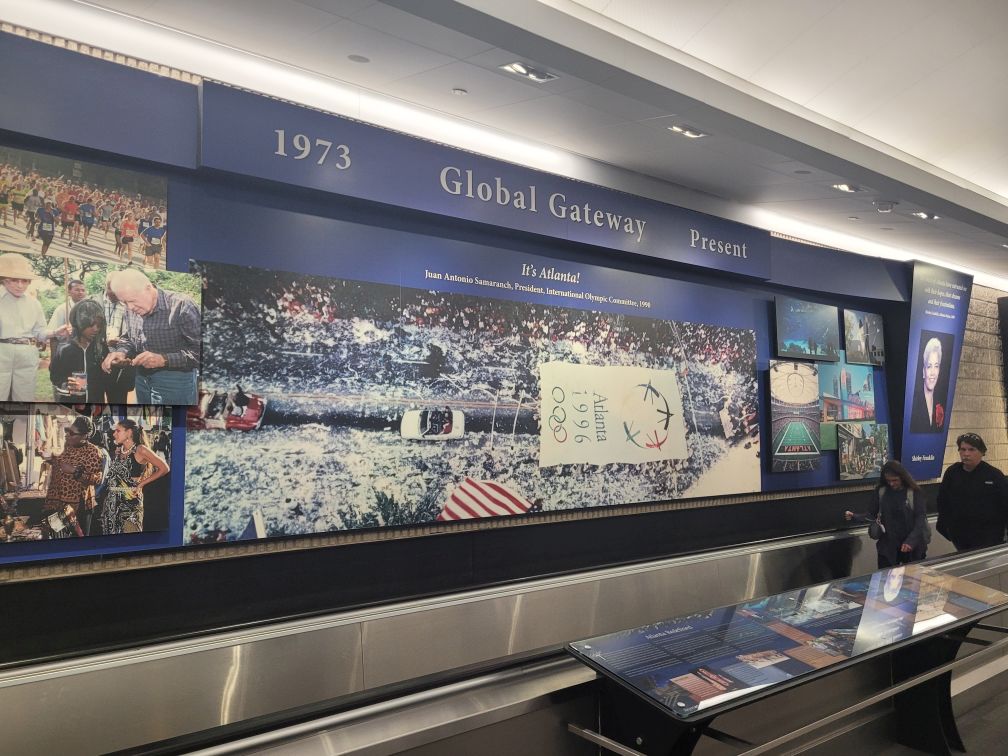Story and Photos By Mike May
During one of my recent trips through the Hartsfield-Jackson Atlanta International Airport, I made a point of visiting the underground thoroughfare that connects Concourse B and Concourse C. Instead of taking the Plane Train that connects the two concourses, I decided to walk. As I walked through this section of the airport, I noticed that the walls are adorned with a series of portraits, paintings, pictures, images and quotes from former leaders of Atlanta. The images and their short descriptions helped showcase and describe the evolution of the City of Atlanta. It truly is a remarkable documentation of the growth of one of the world’s leading cities.
The first image gives a brief pictorial overview of what life was like in that part of Georgia from 1540 until the mid-1830s.
The documentation of life in the greater Atlanta area started when Atlanta established itself as a Railroad Town in the 1830s. At the time, Stephen H. Long, a chief engineer for the Western & Atlantic Railroad, was not very optimistic about Atlanta’s immediate and long-term future.
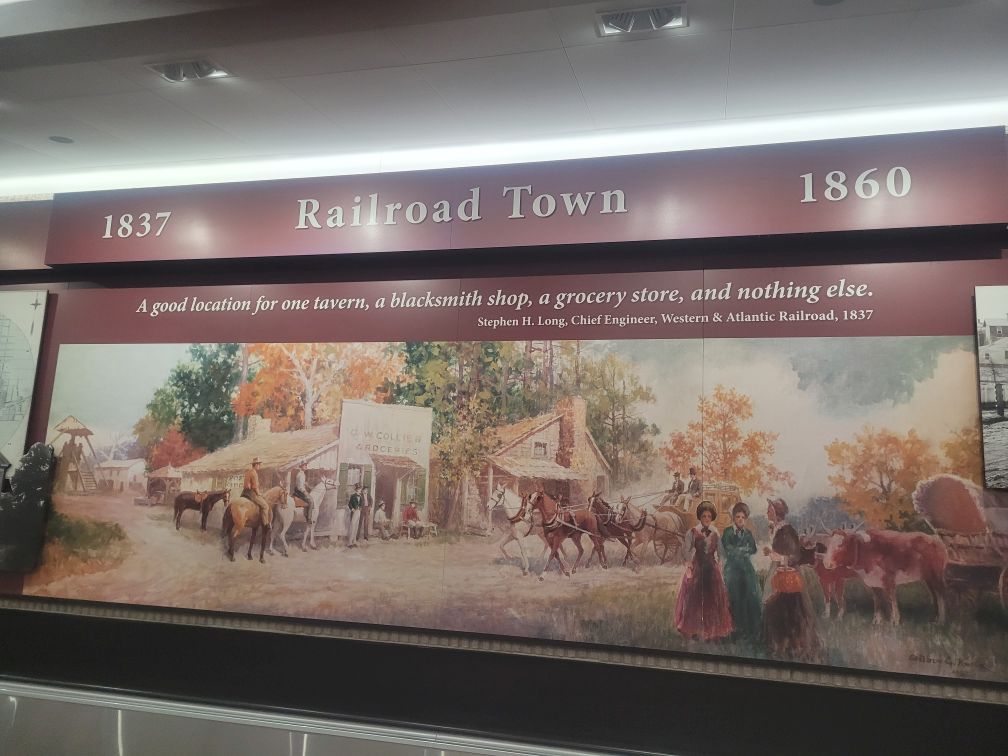
“A good location for one tavern, a blacksmith shop, a grocery store, and nothing else,” said Long, back in 1837.
Clearly, his assessment of Atlanta’s long-term prospects was not very accurate.
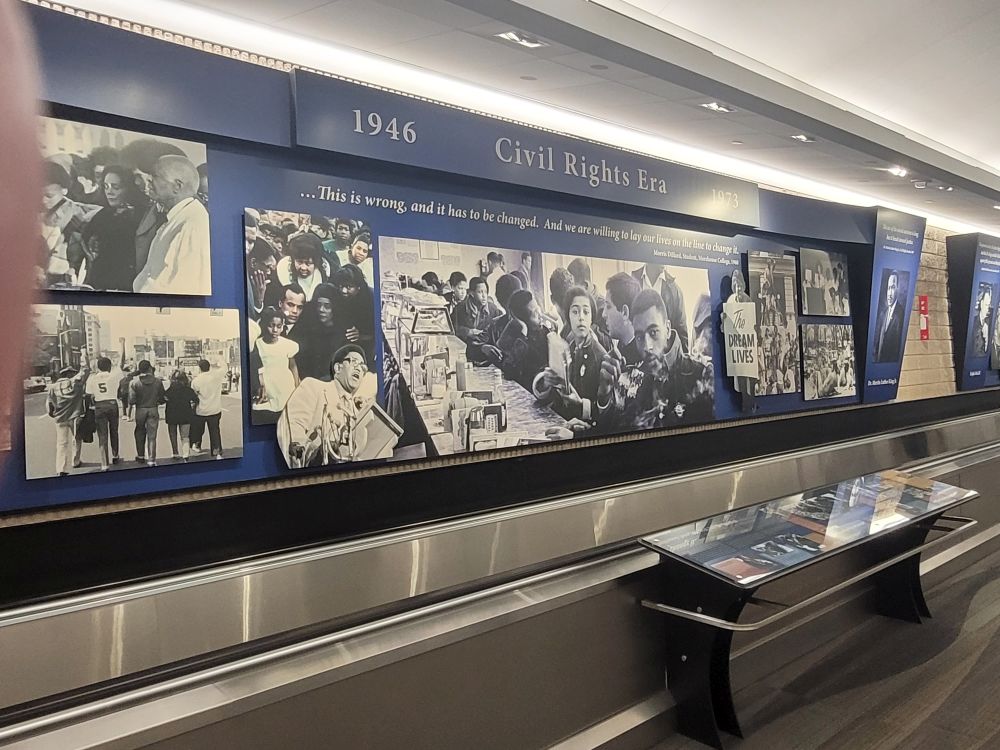
Of course, one of the most significant periods of time in Atlanta’s history was the Civil War, which took place from 1861-1865. To say that the Civil War years were traumatic for Atlanta residents and its business community is an understatement.
“The shells of General Sherman were the strokes of the hammer of liberty, unfastening the fetters of the accused and inhumane institution of slavery,” said Reverend Dr. Edward Randolph Carter, a writer and social activist back in 1864.
From 1866-1895, Atlanta went through a period of time known as the Resurgens. During this time, Atlanta was rebuilt during Reconstruction following the Civil War.
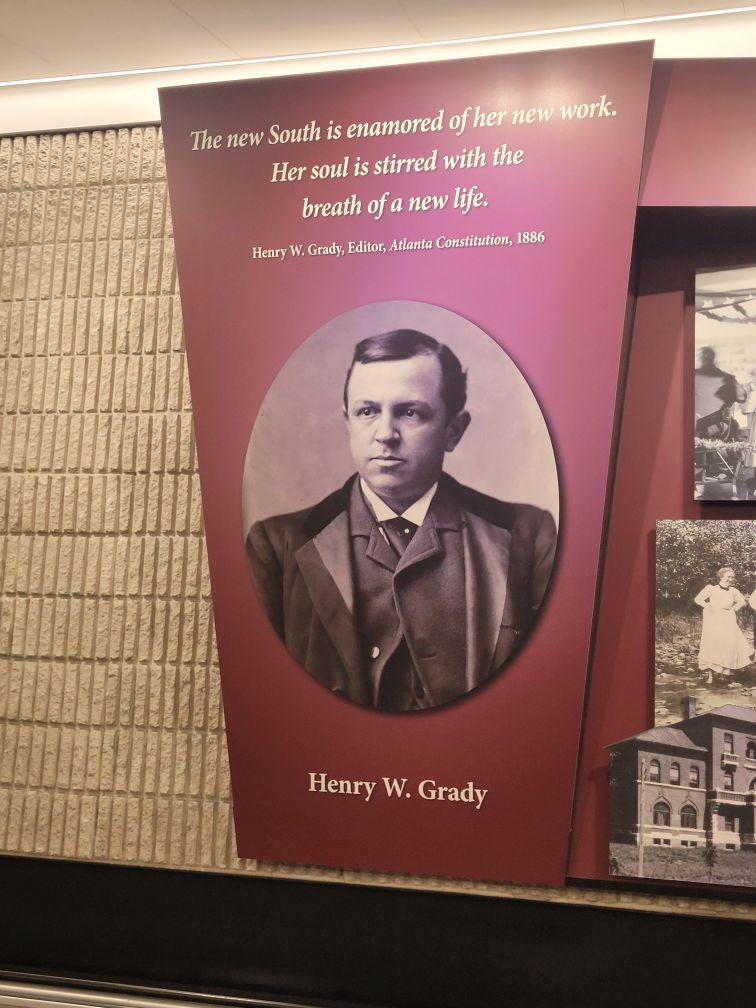
“I want to say to General Sherman, that from the ashes left us in 1864 we have raised a brave and beautiful city,” said Henry W. Grady, editor, Atlanta Constitution, in 1886.
From 1896-1946, life in Atlanta was labeled The Color Line.

“Bucks, ballots and books are the keys to African-American freedom,” declared civic and political leader John Wesley Dobbs, circa 1940.
From 1925-1971, that time period was known as Forward Atlanta. During those years, businesses became firmly established in Georgia’s capital city.
“Office buildings are to Atlanta what furniture is to Grand Rapids (Michigan) and automobiles are to Detroit,” said Charles Palmer, Atlanta-area businessman and developer, in 1930.
By the 1930s, Atlanta was truly the leading city in the Southeast of the U.S.
“The Southeast is on wheels and Atlanta is the hub around which the wheels revolve,” said Ivan E. Allen, Sr., businessman and civil booster, in 1925.
The Civil Rights Era in Atlanta stretched from 1946-1973. The fact that Martin Luther King, Jr. and his family lived in Atlanta made the city the focal point of the civil rights movement in the U.S.
“We are not satisfied and will not be satisfied until justice rolls down like water and righteousness like a mighty stream,” said King back in 1963.
From 1973 to the present day, life in Atlanta has been labeled Global Getaway.
Clearly, the presence of CNN in Atlanta, Delta Air Lines utilizing Atlanta as its main hub, and the arrival of the Summer Olympics in 1996 confirmed Atlanta’s status as a global destination.
“We stand not so much as a gateway to the South, but as a gateway to a new time, a new era, a new beginning for the cities of our land,” said Maynard H. Jackson, Atlanta Mayor, in 1974.
Without a doubt, the maturation of Atlanta is the direct result of people and businesses working together for the greater good.
“We have a beautiful, fragile planet where all people and all things are interdependent and interconnected,” said Ted Turner, CNN founder, businessman, and philanthropist, in 2006.
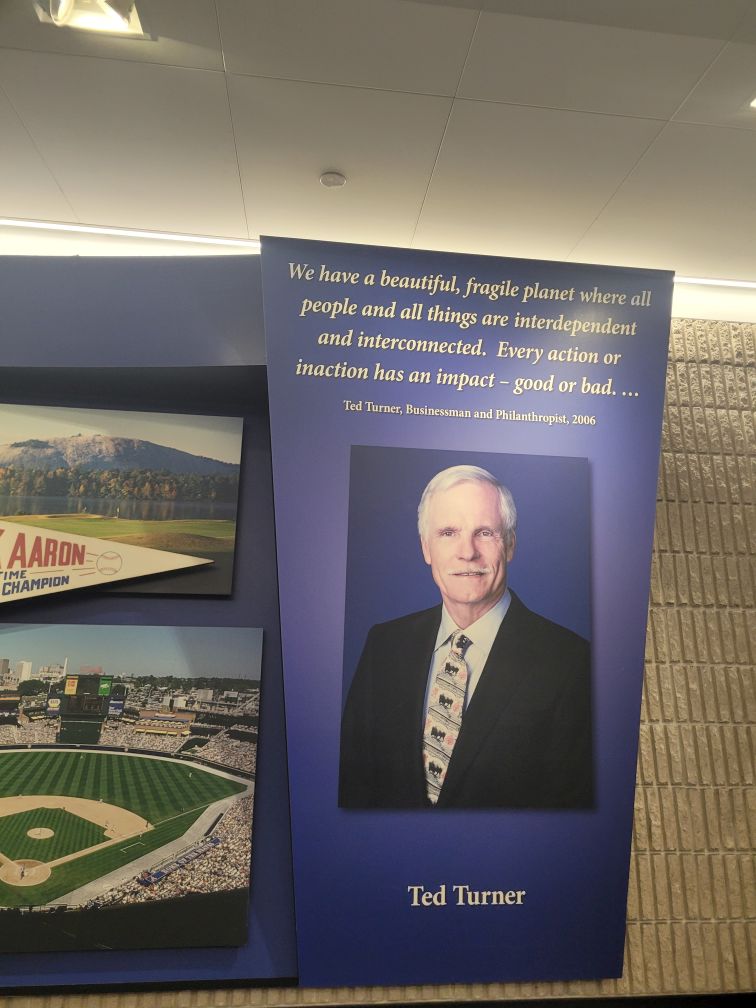
Atlanta is also one of the great sports cities in the U.S. as the Super Bowl, NCAA Final Four (for college basketball), and a massive sporting goods trade show known as The Super Show have all been held in Atlanta since the late 1980s. Atlanta is also the home many professional sports franchises: Atlanta Braves (Major League Baseball), Atlanta Hawks (National Basketball Association), Atlanta Falcons (National Football League), and Atlanta United FC (Major League Soccer). And, Atlanta has been selected as one of the venues in the U.S. for games affiliated with soccer’s World Cup in 2026. The games will be held inside the Mercedes-Benz Dome in downtown Atlanta.
It’s also worth noting that Atlanta is where you’ll find the global headquarters of Coca-Cola and Chick Fil-A, as well as major universities such as Georgia Tech, Georgia State University, Emory University, Spelman College, Morehouse College, and Clark Atlanta University.
You will see all this local history and more on your next trip to and through the Hartsfield-Jackson Atlanta International Airport. The history of the City of Atlanta – currently on display between Concourse B and Concourse C at the airport — awaits your arrival.
